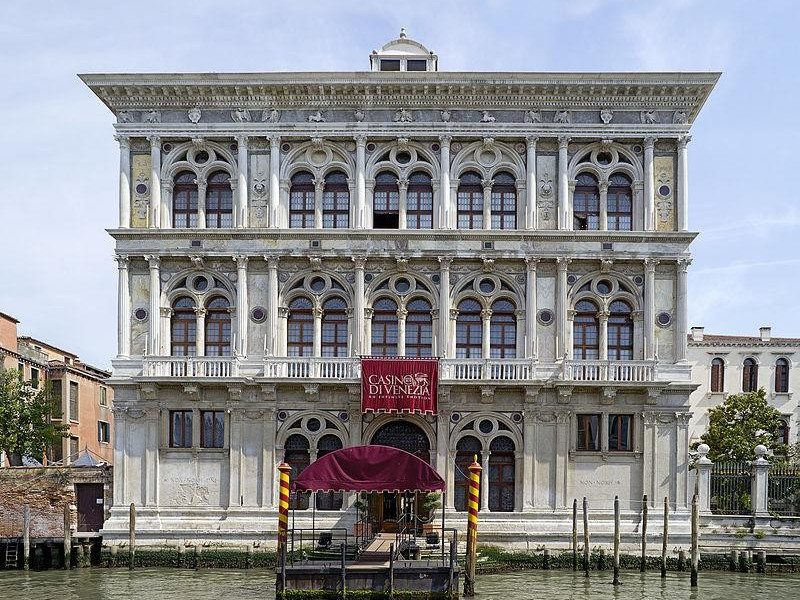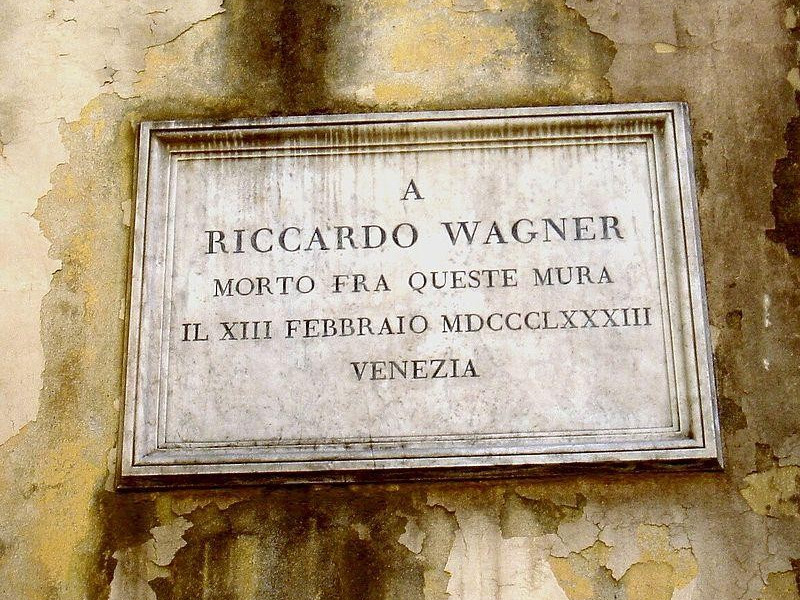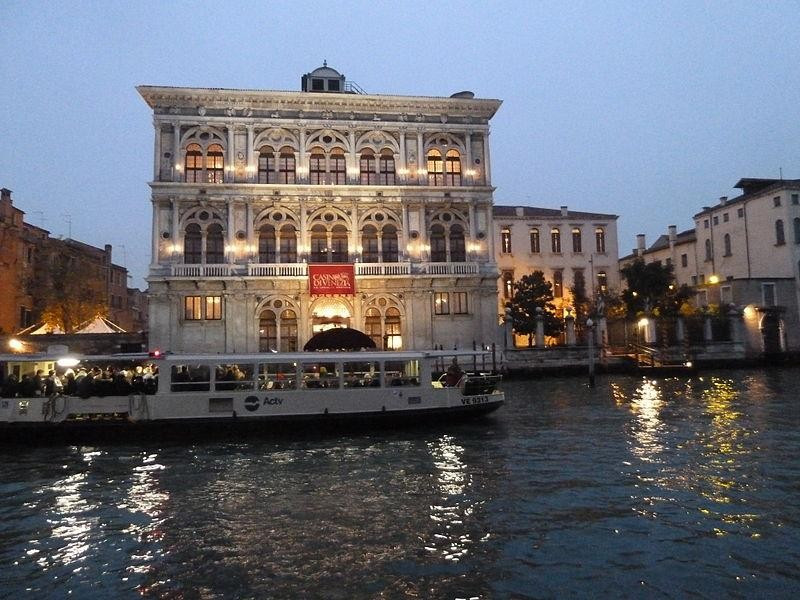Ca' Vendramin
It was the Loredan family who wanted the construction of the Palace, for which they hired the architect Mauro Codussi. Its construction began in 1481 and was completed in 1509. For the decoration of some interior walls, now lost, was required the hand of Giorgione. After several changes of ownership, the Palace came to Vendramin family. Between 1882 and 1883, he lived here his last two years the German composer Richard Wagner. In 1946 the building passed to the City Council, who installed the winter home of the Casino. Vendramin Palace has one of the most representative facades of the Venetian Renaissance: composed of three levels, divided by string courses, in turn governed by half to three superimposed orders. Five large mullioned windows, from the asymmetry enliven the prospectus of each plan, giving it the appearance of a lodge. Engraved on a bracket base is the motto of the Knights Templar of the Ordo Templi; seventeenth-century ahead of the wing (Wwhite Wing), the Palace boasts a discreet garden accessible from the Channel. On the back, the building has a small courtyard enclosed by a wall, on which is affixed a plaque commemorating the Wagner's death. Inside, the building has a corridor (portego), which leads to the staircase. The first floor is home to the Salon, in which are preserved sixteenth-century works by Palma il Giovane and works of the seventeenth century. Other important rooms, the Camino and the Hearts of Gold, are the result of changes in the seventeenth century. Wagner Halls, an exhibition staged in 1995 by the Richard Wagner Association in Venice, contain Josef Lienhart and Just Collections (rare documents, scores, signed letters, paintings, records and other collectibles), which form the largest private collection dedicated to Wagner outside of Bayreuth Museum, documenting the special relationship between the composer and the city of Venice.



